Rural Caucus Letter & Proposed Amendment to S.100
April 18, 2023
The Honorable Jill Krowinski
Speaker of the House
Vermont General Assembly
Dear Speaker Krowinski:
The cost of housing is crushing Vermonters. As the leaders of the non-partisan rural caucus, representing Republicans, Democrats, Independents, and Progressives across Vermont, we are asking our legislative colleagues to come together and make necessary changes to how we regulate housing production in the state so that we can create more housing for Vermonters. (See the Rural Caucus’s proposed amendment to S.100.)
Over 2,000 Vermonters are unhoused and thousands more spend over 30% of their income on rent. The Vermont Housing Finance Agency has identified the need for a whopping 40,000 additional housing units needed to meet current demand. We must build more housing in every corner of the state, including our small rural communities.
We’ve been underinvesting and overregulating the development of new housing for decades. And with total project costs up 30% since 2019, there’s little return for developers who might invest in the “missing middle” housing for middle-income households throughout the state. Vermont’s smaller, more rural towns face additional hurdles, including limited or no town water and wastewater infrastructure and limited capacity for navigating permitting, zoning updates and funding opportunities.
While the Legislature can’t address all of the barriers that developers face, such as the cost of materials and availability of labor, there are things we can do. Over the last two years, we have come together and made historic investments of over $338 million in creating affordable housing and initiatives to house the most vulnerable low-income Vermonters. We must continue that work.
We must also address the regulatory barriers that exist on the local and state level, including reducing the barriers to environmentally thoughtful development that have been caused by Act 250. Ironically, the regulation designed to protect Vermont’s environmental integrity against overdevelopment is also discouraging the kind of smart, environmentally responsible development we need, and adding to low density building and sprawl, especially in smaller towns where the housing crisis is most acute.
The Act 250 application process often takes more than six months, costs tens of thousand dollars upfront and often requires expert preparation and lengthy studies. This alone is enough to stop the development of rural housing projects. If the application is rejected, the time and money poured into the process is lost. If the permit is appealed, it could go to the Vermont Supreme Court—more time and money. If the project is approved, the permit may contain so many conditions that the project becomes impossible. For small communities with smaller-scale development plans, the risk just isn’t worth it. And so, no new housing is built.
Act 250 development triggers, like the 10-5-5 rule, which requires a developer to go through Act 250 review if they create 10 or more housing units in a 5-mile radius in a 5-year period, disincentivize the kind of housing solutions we need right now.
Having recently completed a nine-unit housing project in downtown Fairlee, for example, the same developer can’t so much as build a duplex in town within the next 5 years without triggering Act 250. In Bennington, another developer just brought seven units back up to code using funding from the new Vermont Housing Improvement Program, but decided against rehabbing another five units nearby because of the 10-5-5 rule.
The tragic irony of this is that smaller developments in village centers have minimal impact on Vermont’s landscape and character. Dense, compact development in these areas is just the kind of sustainable growth we want.
The housing omnibus bill (S.100) passed last week by the Senate makes significant investments in housing programs, makes meaningful reforms to local zoning regulations, and reforms Act 250. We applaud the Senate for their good work.
That said, the bill, as passed by the Senate, only exempts designated downtowns, neighborhood development areas, and growth centers which limits the bill impact to 0.3% of the land in Vermont. This leaves out most of Vermont.
If we want to address regulatory barriers and create more housing for all of Vermont, S.100 should:
- Increase the 10-5-5 threshold to 25-5-5 for all designated areas, including village centers with permanent zoning and subdivision bylaws.
- Exclude projects of 4 units or less from counting towards the 25-5-5 limit
Legislators from all parties, businesses in all industries, and communities across the state agree that housing is what Vermont needs most right now. The shortage creates a cascade of interconnected challenges, like workforce and childcare shortages, that prevent Vermont communities from thriving. Increased remote work and concerns about climate change have made Vermont an increasingly desirable home base, so pressure continues to rise.
We call on the House to pass S.100 with regulatory reform for all designated areas including village centers.
Respectfully submitted,
Rep. Lisa Hango, Co-Chair
Rep. Laura Sibilia, Co-Chair
Rep. Katherine Sims, Co-Chair
Rep. Monique Priestley, Clerk
Rural Caucus Members
Rep. Ashley Bartley
Rep. Erin Brady
Rep. Michelle Bos-Lun
Rep. Lucy Boyden
Rep. Tesha Buss
Rep. Scott Campbell
Rep. Melanie Carpenter
Rep. Ela Chapin
Rep. Caleb Elder
Rep. James Gregoire
Rep. Bobby Farlice-Rubio
Rep. Jim Harrison
Rep. Larry Labor
Rep. Kate Lalley
Rep. Saudia LaMont
Rep. Josie Leavitt
Rep. Jed Lipsky
Rep. Kate Logan
Rep. Logan Nicoll
Rep. Dan Noyes
Rep. Kelly Pajala
Rep. Henry Pearl
Rep. Tristan Roberts
Rep. Heather Surprenant
Rep. David Templeman
Rep. Dara Torre
Rep. Chris Taylor
Rep. Jonathan Williams
Rep. Terri L Williams



